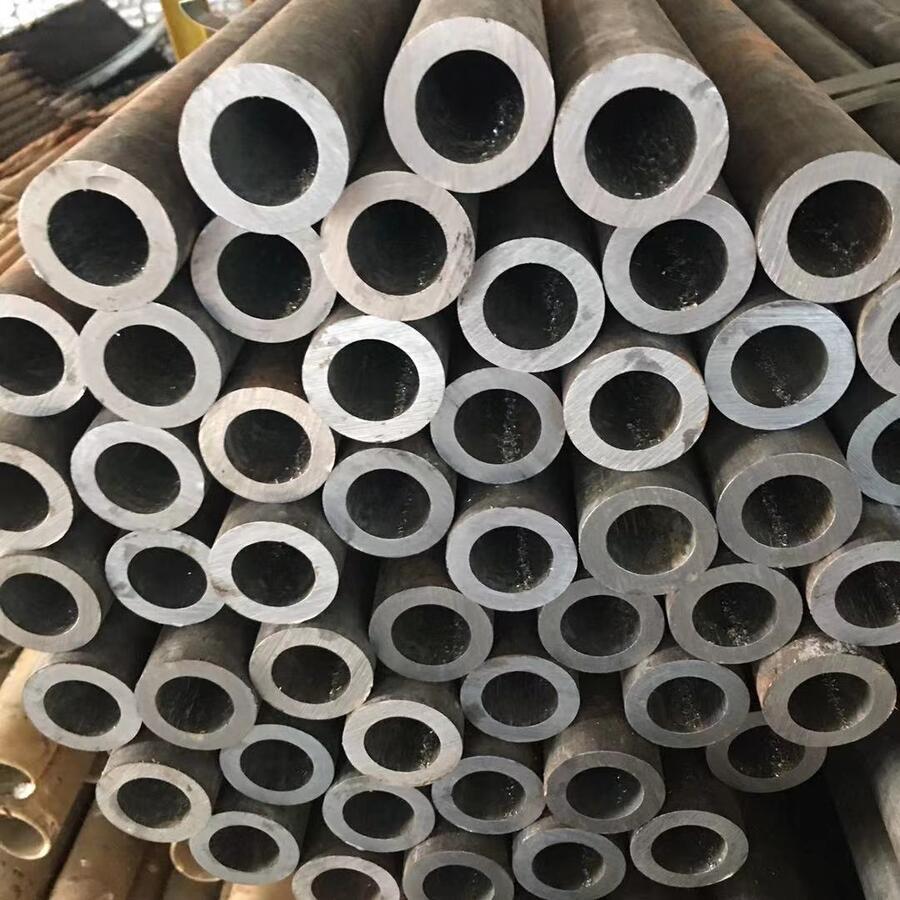The Engineering Behind Modern Steel Rebar Manufacturing
The steel rebar production line represents a marvel of industrial engineering, transforming raw materials into reinforced steel bars essential for construction. This integrated system combines metallurgical science with precision mechanics to produce rebars that meet stringent international quality standards. Modern rebar rolling mills have evolved into fully automated complexes where each component plays a critical role in determining the final product’s tensile strength, yield point, and surface characteristics.
Core Components of a Rebar Production Line
1. Melting and Refining Systems: Electric Arc Furnaces (EAFs) or induction furnaces melt scrap steel at 1,600-1,700°C. HANI TECH’s induction furnaces feature water-cooled coils and PLC-controlled power systems that reduce energy consumption by 15% compared to conventional models.
2. Continuous Casting Machines: Molten steel solidifies into billets through oscillating molds with electromagnetic stirring. Critical parameters include casting speed (1.8-2.5 m/min) and water spray cooling intensity.
3. Rolling Mill Stands: The heart of any rebar rolling line features sequential roll stands that progressively shape heated billets. Modern configurations include:
- Roughing mills: Reduce billet cross-section by 40-50% per pass
- Intermediate mills: Form preliminary rib patterns
- Precision finishing mills: Achieve final dimensions with ±0.1mm tolerance
HANI TECH’s high-stiffness rolling mills incorporate hydraulic AGC systems for micron-level thickness control.
Critical Auxiliary Systems
Temperature Management: Reheating furnaces maintain optimal rolling temperatures (1,100-1,250°C) using regenerative burners that recover waste heat. Temperature deviations exceeding ±15°C significantly impact microstructure development.
Automated Cutting Systems: Flying shears operating at 18 m/sec precisely cut rebars to length during continuous rolling, synchronized with line speed through laser measurement.
Cooling and Handling: Step-cooling beds utilize controlled air/water mist to achieve desired metallurgical properties. HANI TECH’s rotary cooling beds reduce deformation by 70% compared to conventional designs.
Technical Specifications of Modern Rebar Production Equipment
| Equipment | Model | Capacity | Power | Dimensions | Rolling Speed | Accuracy | Special Features |
|---|---|---|---|---|---|---|---|
| Roughing Mill | HANI-RM450 | 120 t/h | 1,000 kW | Ø450×800mm | 0.5-1.2 m/s | ±0.3mm | Vertical edger, tungsten carbide rolls |
| Finishing Mill | HANI-FM320 | 85 t/h | 2,500 kW | Ø320×650mm | 12-18 m/s | ±0.1mm | Hydraulic loopers, automatic gauge control |
| Induction Furnace | HANI-IF20 | 20 t/batch | 8,000 kVA | Ø3,200×4,500mm | N/A | ±5°C | Scrap preheating, slag detection |
| Cooling Bed | HANI-CB120 | 120 t/h | 75 kW | 12×120m | 0.1-0.3 m/s | Straightness ≤1mm/m | Variable zone cooling, anti-skew mechanism |
| Rebar Shearing | HANI-RS800 | 150 cuts/min | 160 kW | 6.5×3.2×2.8m | Synchronized | ±2mm length | Laser measurement, hydraulic damping |
Quality Control in Rebar Manufacturing
Modern steel rebar production lines incorporate multiple inspection points:
- Spectrometers verify chemical composition during tapping
- Pyrometers monitor temperature gradients through rolling stages
- Laser profilometers measure rib geometry every 15 meters
- Ultrasonic testers detect internal defects in finished rebars
This multi-stage verification ensures compliance with ASTM A615, BS 4449, and GB/T 1499.2 standards.
Innovations Driving Efficiency
Leading manufacturers like HANI TECH implement Industry 4.0 solutions in their rebar rolling equipment:
- AI-powered predictive maintenance reduces downtime by 30%
- Dynamic process optimization adjusts parameters in real-time
- Energy recovery systems capture 45% of waste heat
- Automated bundle handling with robotic palletizing
These advancements position modern rebar production lines as models of sustainable manufacturing.
Future Trends in Rebar Technology
The next generation of steel rebar manufacturing focuses on:
- Hydrogen-based direct reduction for carbon-neutral production
- Inline heat treatment for enhanced corrosion resistance
- 3D-printed roll grooves extending tooling life by 200%
- Blockchain-enabled material traceability
As global infrastructure demands grow, optimized rebar rolling lines will remain crucial for constructing resilient concrete structures worldwide.




